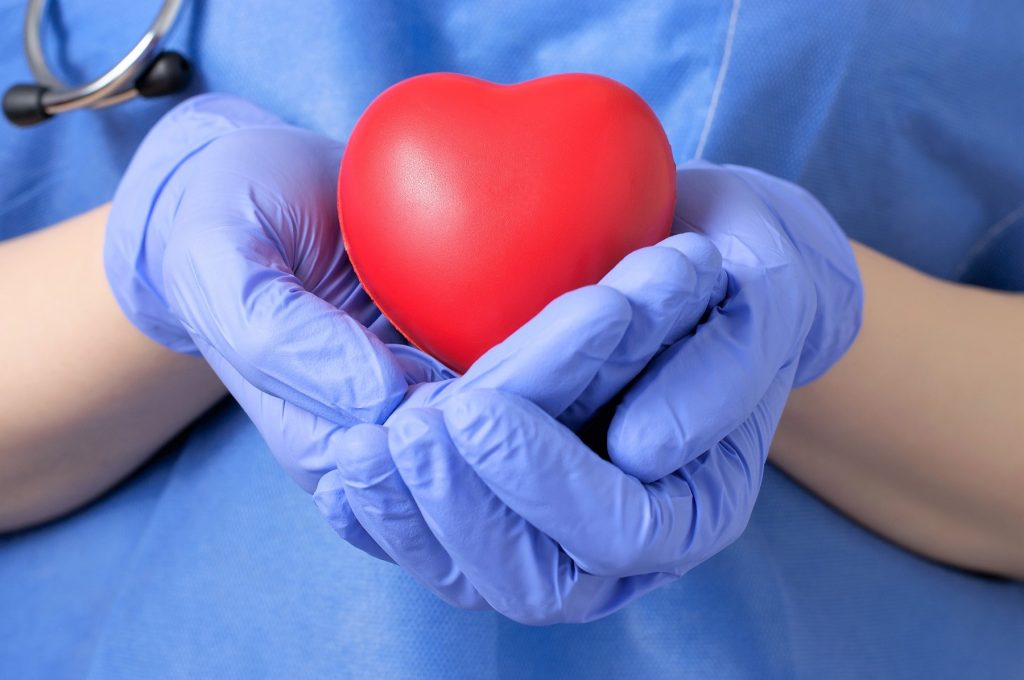Other Services
Other Services
Estate Planning
Everyone has an estate if they have belongings. An estate is comprised of everything owned – a car, home, other real estate, checking, savings accounts, life insurance, furniture and personal possessions. Estate planning ensures wishes are carried out concerning whom you want to receive something of yours, what you want them to receive and when you want them to receive it. https://www.estateplanning.com/What-is-Estate-Planning/. Therefore, it is best to have a plan in place before something happens.
Good estate planning is much more than that. It should also:
- Include instructions for passing your values (religion, education, etc.) in addition to your valuables.
- Include instructions for your care if you become disabled before death.
- Name a guardian and an inheritance manager for minor children.
- Provide for family members with special needs without disrupting government benefits.
- Include life insurance to provide for your family at your death, disability income insurance to replace your income if you cannot work due to illness or injury, and long-term care insurance to help pay for your care in case of an extended illness or injury.
- Provide for the transfer of your business at your retirement, disability, or death.
- Minimize taxes, court costs, and unnecessary legal fees.
- Be an ongoing process, not a one-time event. Your plan should be reviewed and updated as situation changes over your lifetime.
For local Utah Estate Planning Attorneys contact:
Utah Trust Attorneys
Austin Law
Utah State Planning
Organ and Tissue Donation
What is an Organ Donation? How does organ donation work? These are all common questions that we will answer below:
Organ and tissue donation is a choice that can be made before death by simply registering with the appropriate state agencies. States have adopted programs that specify donation on driver’s licenses. If a person plans on donating organs, this information is readily available, being that the driver’s license is one of the most prevalent forms of identification. For an example click here
If the deceased has not pre-planned to donate, it is possible to donate post mortem, including full body donations to universities or research organizations.
Organs that can be donated include:
- Heart
- Kidneys
- Pancreas
- Lungs
- Liver
- Intestines
Tissues that can be donated include:
- Cornea
- Skin
- Heart valves
- Bone
- Blood vessels and connective tissue
- Ligaments
- Veins
Bone marrow/stem cells, umbilical cord blood, peripheral blood stem cells (PBSC) can also be donated
The time between death and donation is 4 to 36 hours for most organs and tissues. Surgery is scheduled as soon as possible. After donation, the body is released to a funeral home or family member.
The approximate maximum time for harvesting the following organs/tissues is:
- Lung (4-6 hours)
- Heart (4-6 hours)
- Liver (24 hours)
- Pancreas (24 hours)
- Kidney (72 hours)
- Corneas (14 days)
- Bone (5 years)
- Skin (5 years)
- Heart valves (10 years)
- All post mortem donations are free for the donor.
To Learn More:
Organ Transplants Organization Website
http://www.dcids.org/
https://www.unos.org/
http://www.mtf.org/



